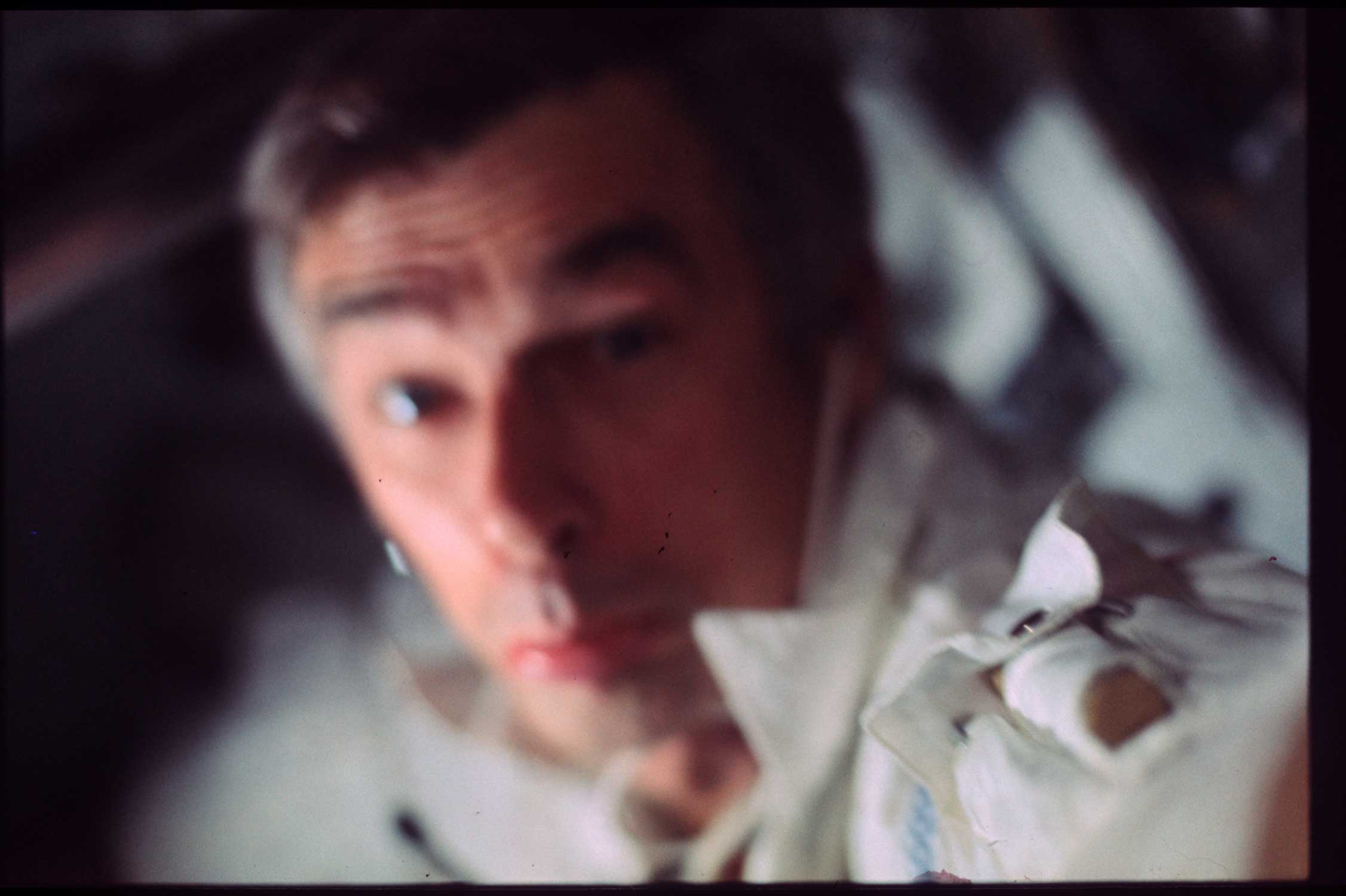“Speculations about contact often challenge conventional wisdom, from biology to religion. Imagining extraterrestrials, and what they might do, irritates those most sure of an established world view. We must reconsider what we have taken for granted.”
– Michael A.G. Michaud, Contact With Alien Civilizations
![[Fig. 1] Cluster of highly geometric shapes found on the Moon resembling ancient structures.](https://www.structuresonthemoon.com/wp-content/uploads/2018/12/chariots-on-the-moon-area-1280-30.jpg)
Welcome to the Lunatic Fringe
As my fans and critics know, I never set out to prove that extraterrestrial ruins existed on the Moon. I intended to make a coffee table book comparing photos I took of the Moon with my 8″ Celestron to NASA’s orbital photography during the Apollo missions. What I saw in the high-resolution images from NASA had me scratching my head. What were these strange, artificial-looking objects I was seeing? They were only simple shapes, but it was enough to keep me looking for more and as often as possible. Hundreds of hours later and amassing a small collection of anomalies, my friends and family had cast me into the lunatic fringe. But I knew I was onto something, so I kept looking and improving my skills. Down the rabbit hole, I went, never to return.
To be fair, I have always believed that we are not alone in the universe. Therefore, it was natural for me to consider the possibility that I could be looking at alien artifacts and structures. I often listened to the Art Bell show and couldn’t wait for Richard Hoagland and John Lear to be on the air. They would both speak at length about the existence of aliens on the Moon and Mars, about government cover-ups, and how NASA had altered images to hide the truth. I was intrigued and determined to find out for myself. But finding objects that everyone else had overlooked would require me to change how I thought about the built environment, structure, and form and to build an abstract awareness so that I could examine these images with a fresh pair of eyes.
In 2007, I managed to jump through the necessary hoops with the Lunar Planetary Institute and was given access to NASA’s image archives. If an image I was interested in was missing or only available in low resolution, they would locate a copy across multiple agencies, scan it if necessary, and upload it to my personal FTP folder. The hunt began, and a couple of thousand hours later, I found something I thought was remarkable. Finally, my eyes were tuned in, and I could see what I couldn’t see before. Tens of thousands of photos were waiting to be examined, so I changed the focus of my book to a collection of these odd structural anomalies.
In 2008, I published ULOs – Unidentified Lunar Objects Revealed In NASA Photography. I was rushed for time, and the copy suffered, but I included many important finds. Word spread quickly, and people started buying the book. Internet radio show hosts were interviewing me live, and emails from people worldwide supported my efforts. And then, one day, I answered the phone and was shocked to hear John Lear’s voice. He barely allowed me to speak before asking me who I was, where I had come from, and that he loved my book. That was quite a surreal moment!
I can’t count the number of hours over the next couple of years that John and I spent discussing the existence of aliens on the Moon. This wasn’t a topic for the average coffee shop patron, and John made it easy to discuss from every imaginable angle what it was that both he and I had been researching. During this time, I also met many other researchers, authors, radio show hosts, and TV producers, all of whom were convinced that the Moon had even more secrets waiting to be revealed. But popularity in controversial topics doesn’t come without the love of another kind. This was also when the hate mail started trickling in, emails from strangers would reflect private phone conversations, and the IRS emptied my bank accounts without warning. And to top it off, the economy was crashing, and divorce was imminent.
As the saying goes, no good deed goes unpunished. In my case, my world was taking a turn for the worse. I intended to revise the first book and publish a second, but life took hold of the reins, and I needed to exit the scene. I called John, told him I was out, and closed the door. Except for one obscure location online, I took everything down and left behind a single message that read, “Follow The White Rabbit.”
Time passed, and I started a new life. I committed myself to my new day job and dove headfirst into my love for photography. All the nonsense finally calmed down after a few years; I made all new friends and frequented all new places. If I wasn’t at work, I was out and about taking photographs. I opened a photography studio and made my part-time hobby into my professional hobby. Except for a few people, no one in my new life had any clue about my research. But such a thing was not meant to last.
In 2014, I was approached by a television producer who had secured production for a two-hour cable TV special documentary. Bob Kiviat and I had talked many times before about putting together a show that would examine these photographs, and he finally succeeded. Unfortunately, my participation would be focused on the work from my book, even though I had multiple hard drives overflowing with anomalies no one had seen before. And being on camera was intimidating, to say the least. During filming in New Mexico, I met some more incredible researchers, including Mike Bara. Being involved in the production and hanging out with active researchers ignited my curiosity again. When I returned home, I began reexamining my archive with a fresh new attitude and developed all-new techniques.
I was also inspired to re-release my first book in PDF format and created a small website to promote it. I crossed my fingers and hoped history wouldn’t repeat itself, and to date, it hasn’t. A year later, in 2015, Richard Hoagland contacted me, and I was a guest on his After Midnight shows a handful of times. The depth of knowledge Richard has on anything remotely associated with space and planetary sciences is mind-boggling. And then, in 2017, I was invited to be the researcher for an Ancient Aliens episode about the Moon. It was surreal to be interviewed alongside David Childress. I brought some fascinating examples, and we spent camera time examining them. Unfortunately, and only a week before airing, my segment, along with David and I, landed on the cutting room floor after the History Channel decided to change the focus of the episode to hollow moon theory.
In December 2018, I removed the digital PDF version of the book from the website. I was always bothered by the fact that I rushed it to publication over a decade ago. It was tired and dated and needed to be refreshed. I don’t know if I’ll ever have time to update it, but in the meantime, I’ll offer some fresh examples here on this website. You will notice in the examples below that I am not identifying the original NASA image numbers. If you are a scientist, an author, a director, or a producer and wish to validate my findings and methods or wish to use them in your productions, please contact me through anyone mentioned above. Otherwise, I invite you to begin your journey of discovery by visiting the LPI Apollo Image Atlas or Project Apollo Archive on Flickr and share your findings with the world.
Allan Sturm, Founder & Researcher
Lunomaly Research Group, LLC.
![[Fig. 2] Great Pyramids at Giza, 1904 (Normal, Inverted)](https://www.structuresonthemoon.com/wp-content/uploads/2018/12/aerial-photo-giza-pyramid-complex-nov-21-1904-reversal-animated.gif)
Satellite Image Interpretation… Moon Style
The vast majority of the images I examined were either taken from the Apollo command modules or by the Lunar Orbiter series of satellites. There are three standard angles to photograph: Vertical, Low Oblique, and High Oblique.
Verticals are taken looking practically straight down. The Apollo mission’s metric image catalog are examples of these “mapping camera” photographs. This angle allows analysts to measure objects and features found on the terrain accurately, but unless we have clear shadows and know the camera’s altitude, and the sun’s location, vertical photographs give us little clue as to the height of anything in the photo.
Low obliques are tilted 60° away from looking straight down. You’ll know you’re looking at a low oblique photograph when you’re looking down at an angle but still can’t see the horizon. The photograph of the Giza pyramid complex (above) is a low oblique photograph. Because the camera’s angle has been tilted away from straight down, the height of objects begins to be revealed, and we can start to see objects and the terrain in perspective.
My favorite images to examine are high obliques. High obliques are taken at an ~30° angle and clearly show the horizon. From a military perspective, high oblique photography gives the viewer a true perspective of the terrain. Still, what we gain in perspective, we lose in finer details when trying to identify objects closer to the horizon. The clarity of an object of interest competes with the film grain’s resolution.
When and if available, using two or more angles of any area helps determine if what we think we are seeing isn’t just a trick of light and shadow. Unfortunately, multiple photographs of the same area are rare.
My approach to lunar anomaly research is different than others. For starters, I make three grand assumptions that make up my confirmation bias :
- Humans are not the only intelligent species in the universe.
- Other intelligent species have had ample time to become technically proficient enough to canvas the galaxy effectively.
- Our solar system has been visited by traveling species needing to survive or desired to explore the cosmos.
I believe that if we exhaustively analyze all of the images in the Apollo photographic record, we will find enough evidence to support the theory that we are not alone in the universe and that the Moon had been visited long before we ever arrived. Unfortunately, it takes a special kind of crazy to stare at photographs of the Moon for hours on end, looking for subtle differences between rubble and what appears to be artificial. It’s a lot like panning for gold or American hockey.
You can spend all day with no real success – and if you find something that does look artificial, there’s still no guarantee you’ve found anything for real. This is more difficult than you would think. It takes hundreds of hours to get acquainted with the surface characteristics of the Moon and even hundreds more to grasp a true sense of scale.
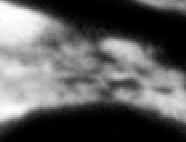
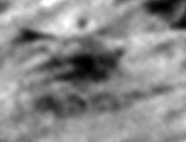
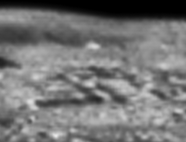
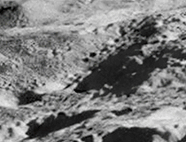
Instead of scanning around like a crazy person, we can borrow known techniques from air photo interpretation specialists to help spot something significant.
- Location – This is much easier with mapping camera photos looking straight down and very difficult with oblique photos. If possible, determine the location of your objects based on other objects.
- Size – Being able to measure the size of an object can be very difficult in obliques. Typically you make a rough estimate based on other measurable objects nearby.
- Shape [Fig. 3] – Generally speaking, if we are alone in the universe, we shouldn’t see any rectilinear features on the Moon.
- Shadow [Fig. 3 & 5] – The Moon’s surface is chaotic and reflects a lot of light. Depending on exposure, your objects may or may not cast a well-defined shadow. Beware of pseudoscopic illusion and always know the sun angle.
- Tone & Color – Typically used for distinguishing vegetation and tone patches, and knowing the shadow angle will help you define the outer boundaries of shapes.
- Texture [Fig. 4] – The arrangement of repetition of tone and color is also affected by scale. Repetition can also be an architectural quality, with objects being intentionally distributed along the terrain. The texture is a product of scale, and texture can be difficult to discern except for very large objects.
- Pattern [Fig. 3 & 4] – Pattern considers the spatial arrangement of objects in the landscape. Symmetry might be apparent or implied but know that whatever was there long ago may have been knocked around by meteor impacts.
- Height & Depth – (see Shadow)
- Site/Situation/Association [Fig.1 & 6] –These are the more subjective and intuitive interpretations you can make that help tell a story of the shape and its location in the terrain. Be prepared for extreme pushback from academics that accept nothing but facts.
Learning To See Again
One of the drawbacks of examining the Apollo-era film record is that the images lack enough resolution to identify small-scale features. The images often suffer from poor exposure and motion blur. The digital versions of these images were saved with light to heavy compression.
As a result, we aren’t seeing the whole picture, and our evaluations are always speculative. But this doesn’t leave us completely in the cold. One way of better understanding what we might be seeing on the Moon is by altering images of objects from Earth to replicate the same image degradation.
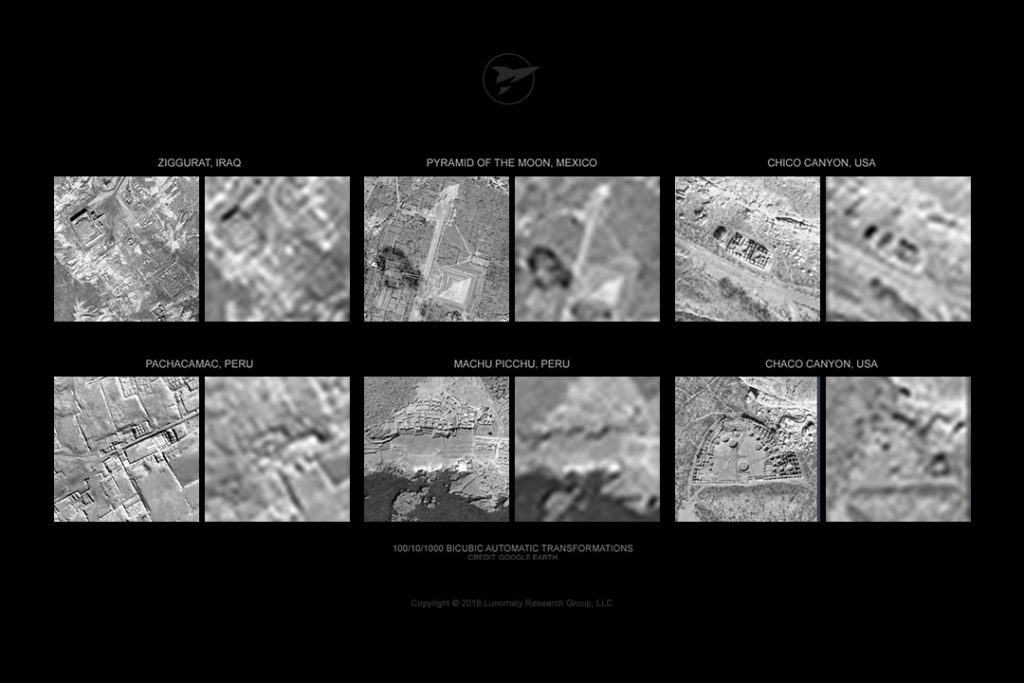
I searched Google Earth for archeological sites and structures and engineered a simple routine that simulated the amount of “fuzzy” to help train my eyes to see differently [Fig. 7]. Take a moment to study the Chico Canyon images. When comparing the original to the simulated Moon photo, note how easy it would be for someone to claim that they have found giant vents or nuclear cooling towers. The insides of the towers are actually the shadows of the original. This is just one example demonstrating how careful we must be when claiming specificity.
Regarding the much-debated topic of NASA altering any image that revealed a pre-existing extraterrestrial presence on the Moon, I have always maintained these three assumptions:
- The examiners would struggle to identify everything artificial, given the relatively short amount of time available for review before releasing the images to the public.
- Except for the obvious, the examiners may not recognize all artificial objects or structural constructs for any number of reasons, including damage from meteors or being partially covered in regolith dust.
- They could only obfuscate the details of an image so much before it would be obvious that the originals had been tampered with.
And this is why I stick to the high and low oblique images as much as possible because it is much harder to convincingly alter photographs taken in perspective than from looking straight down.
A few examples of possible ancient alien structures on the Moon
Here are a few examples from my archive of what appear to be ancient alien structures on the Moon. After countless hours researching and analyzing the Apollo photographic record, I concluded that these couldn’t all be tricks of shadow and light. But don’t take my word for it! The Apollo photographic record is in the public domain for your own review.
Chariots Of The Moon
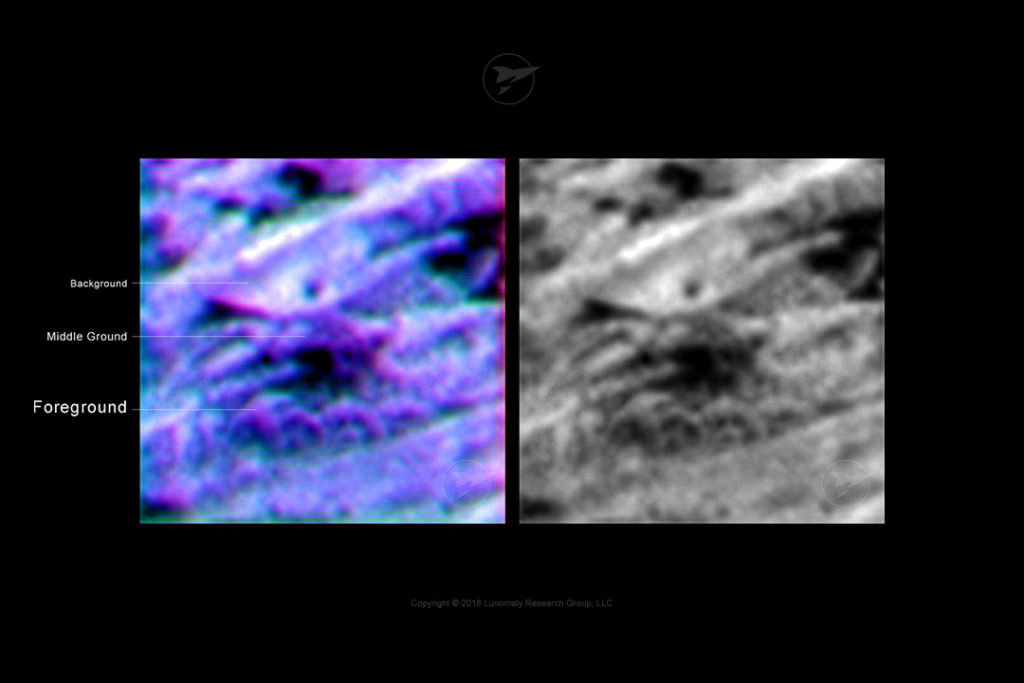
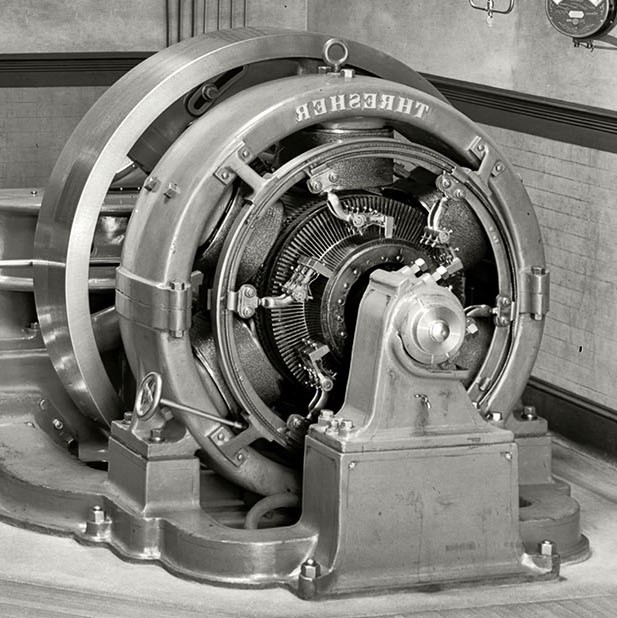
[Fig. 8] Appearing like giant generators from a Star Wars movie, the spherical structures in the foreground stand approximately as tall as an average skyscraper on Earth. Some anomaly researchers have referred to them as “wagon wheels.”
Elephant Head Crater
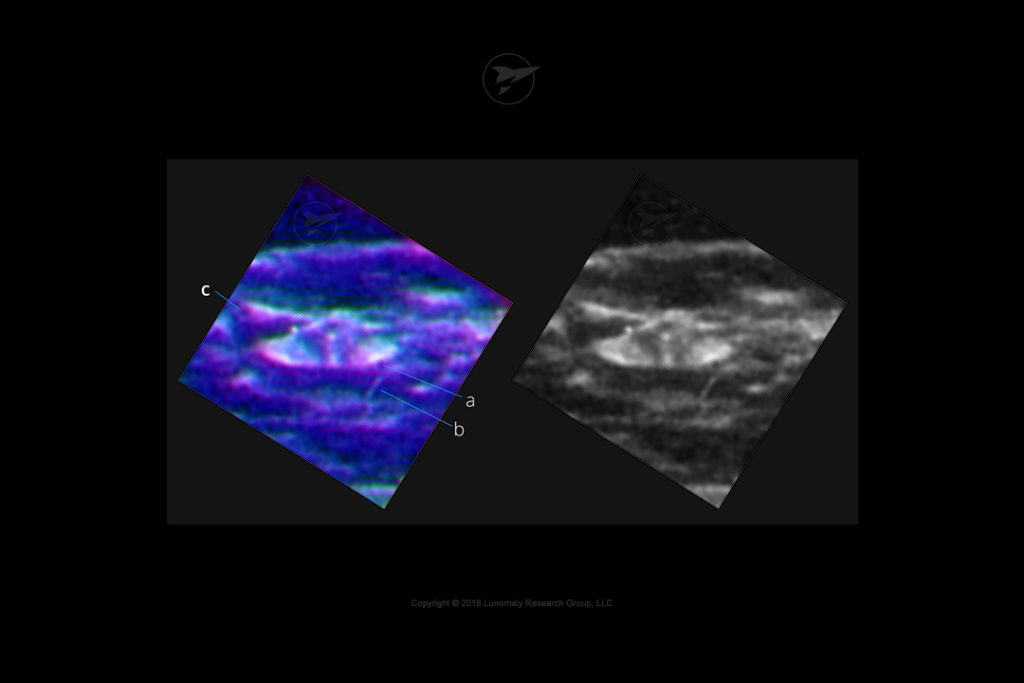
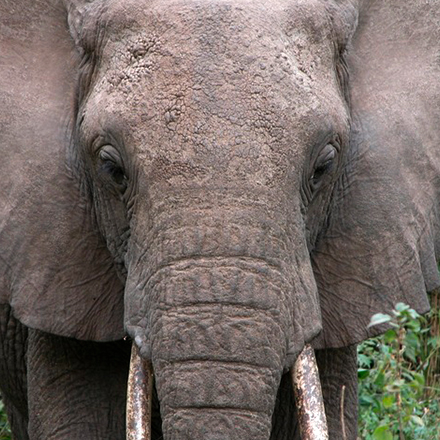
[Fig. 9] Perched on the edge of a relatively pristine crater, this object appears to be busy mining or, like an elephant, extracting water from a giant bowl. Upon closer examination, we find other suspicious objects (a, b) supporting the story that something more is going on here.
Moon Glider
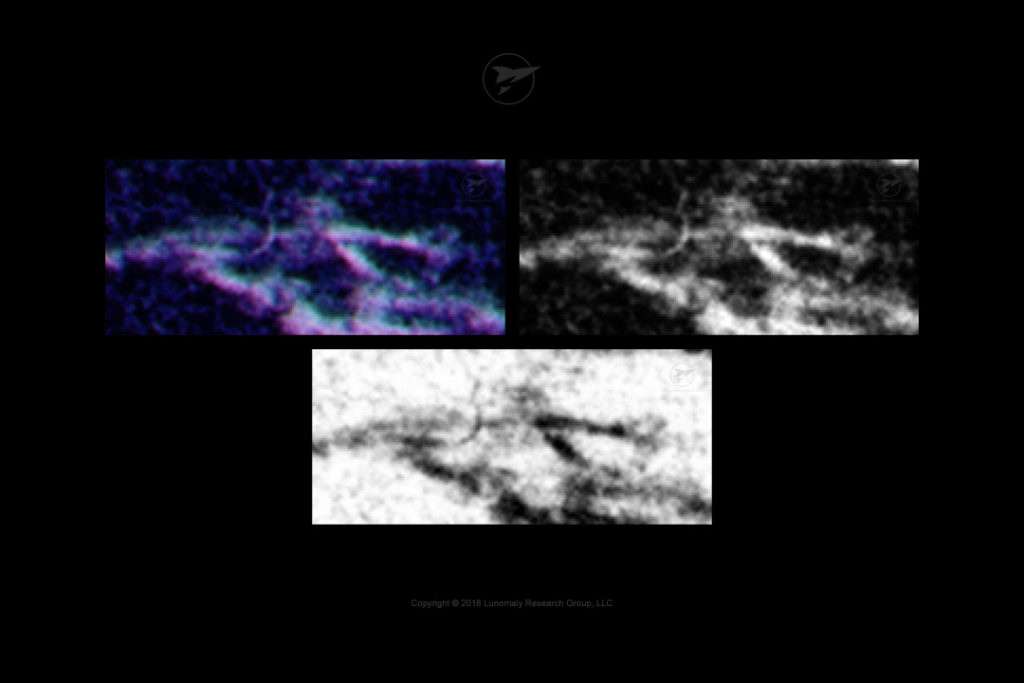
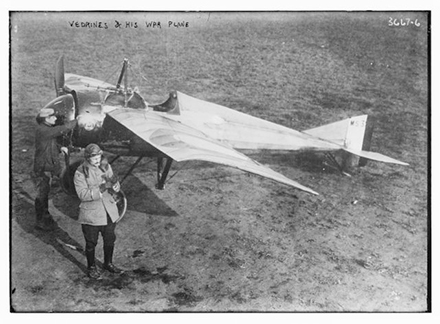
[Fig. 10] This collection of highly geometric shapes combine to form what appears to us as a plane or possibly a winged underwater vessel. Note the tilted thin ring to the left of the center that wraps around the “fuselage” area.
The Harvester
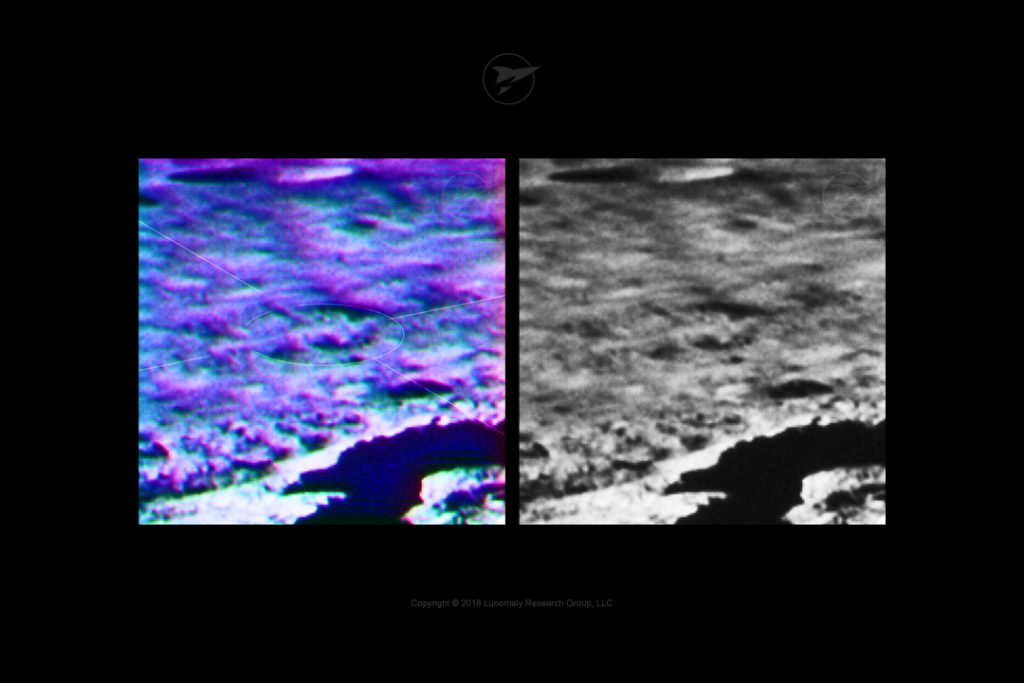

[Fig. 11] Like a giant mining operation, this collection of perpendicular shapes appears like machinery we might build here on Earth to scrape the land for minerals.
World War Moon
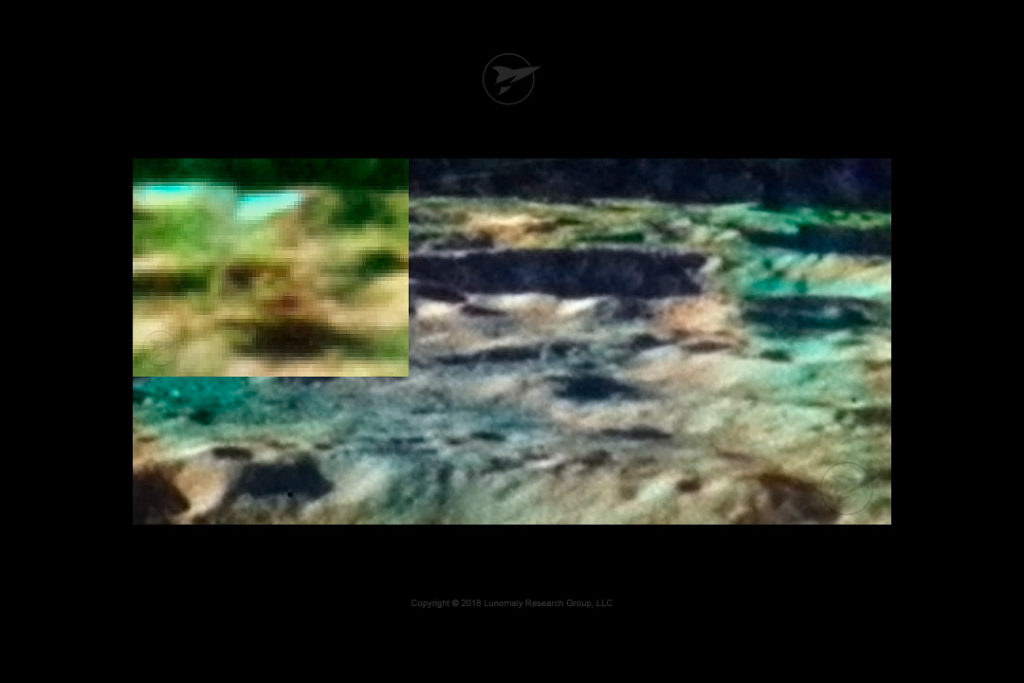
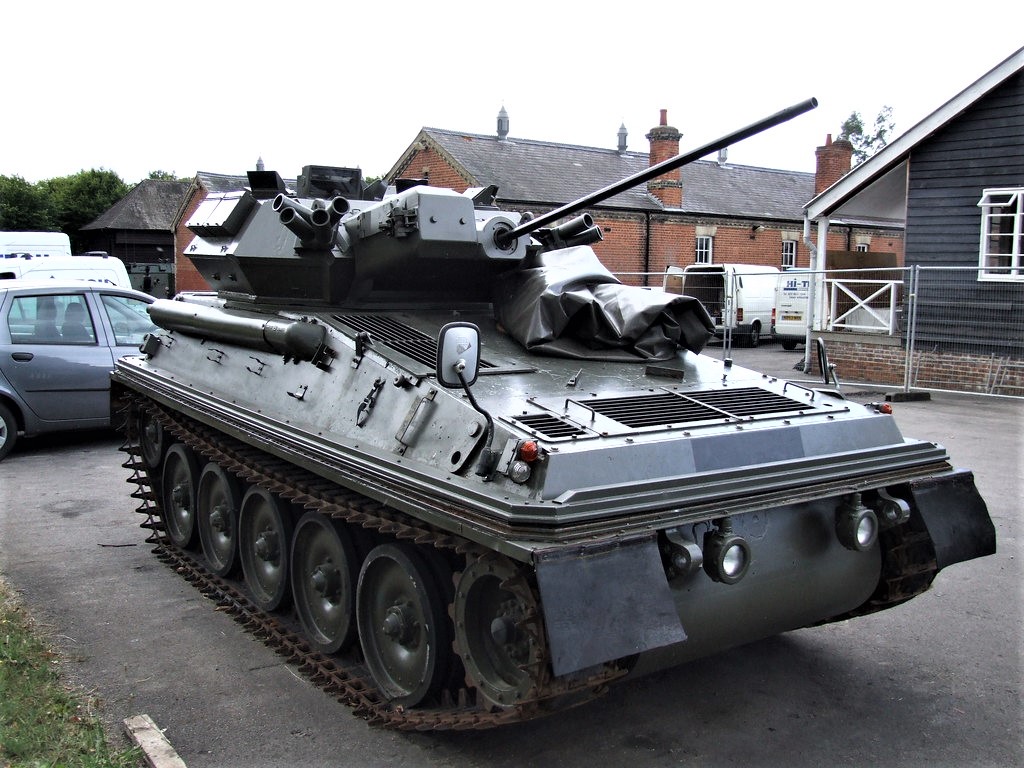
[Fig. 12] This object appears like a square-shaped military tank from this angle. Although I’ve found other similar objects in other photos of the Moon, I doubt any of them have a military origin.
The Great Wheel
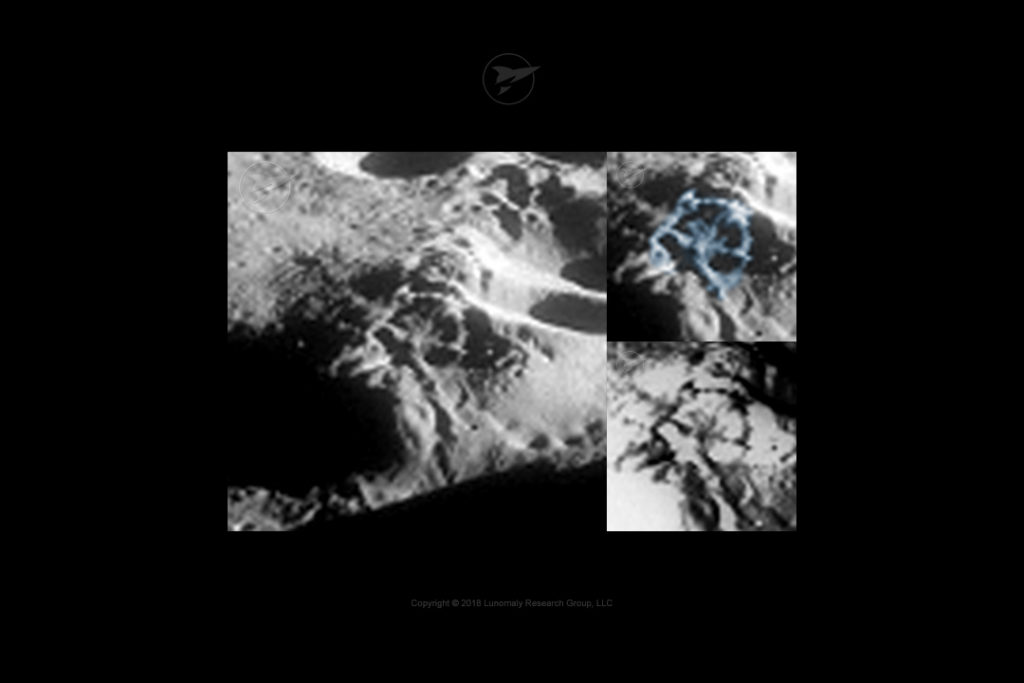
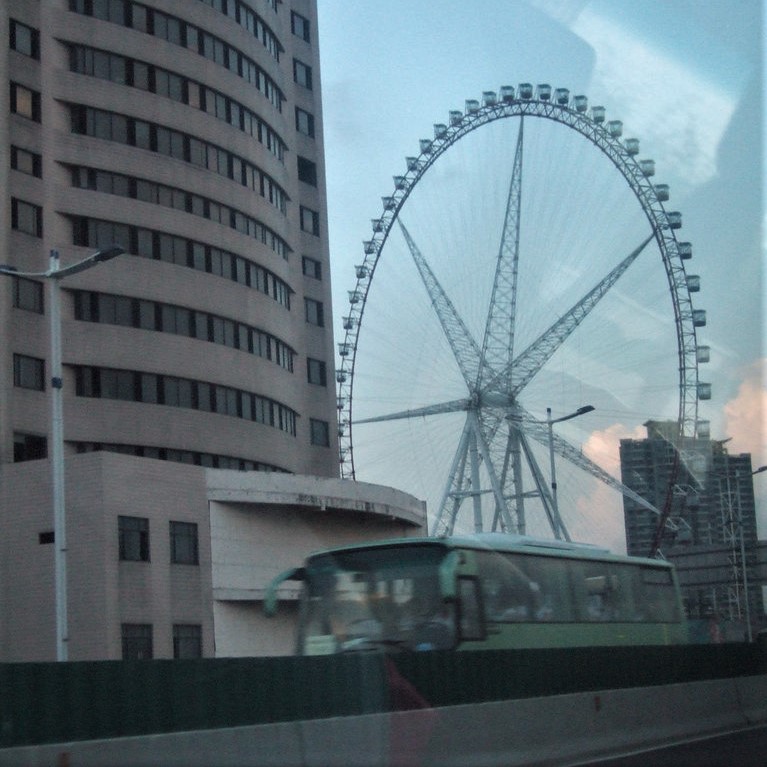
[Fig. 13] Like a ginormous Ferris wheel that collapsed and has been covered in dust, this giant spoked object appears in stark contrast to the soft surface characteristics of the nearby hills.
Temple Of The Moon
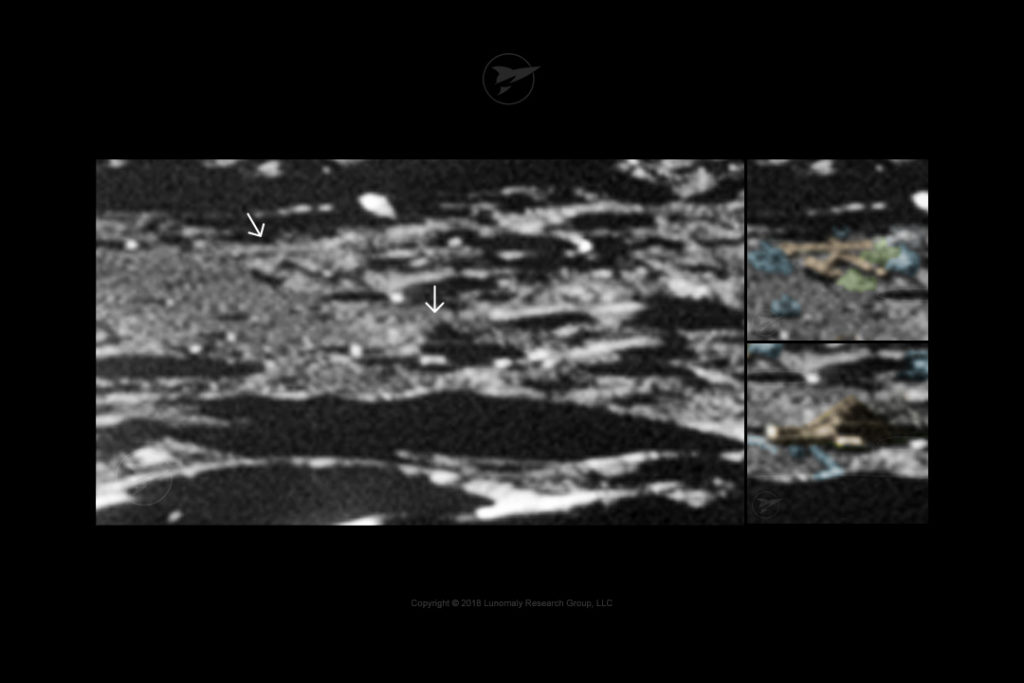

[Fig. 14] A collection of non-random angular shapes and a tall structure appearing like an ancient middle eastern temple can be seen on the edge of a squarish crater field.
Oblivion Drone
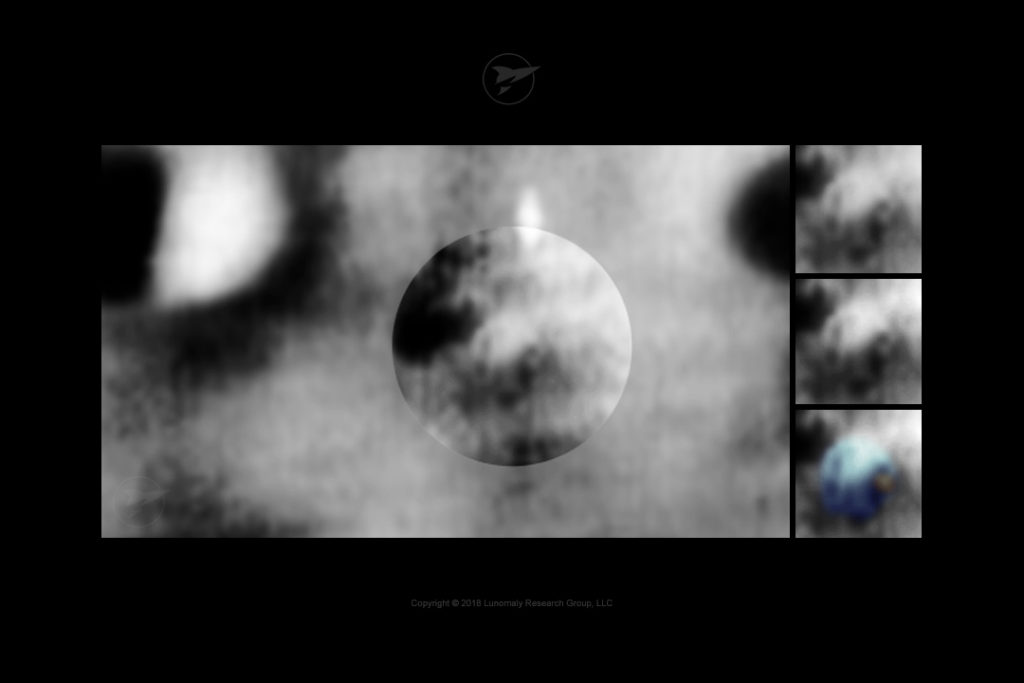
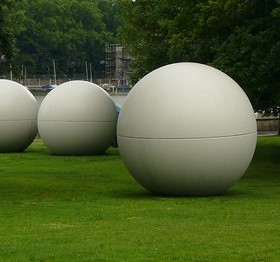
[Fig. 15] When you realize we are looking mostly straight down in this image, you’ll see what appears to be a sphere with an axle rod or some other shaft-like object protruding from its side. Look closer; you’ll see some markings or holes following along its longitudinal great circle.
Evergreen Crater
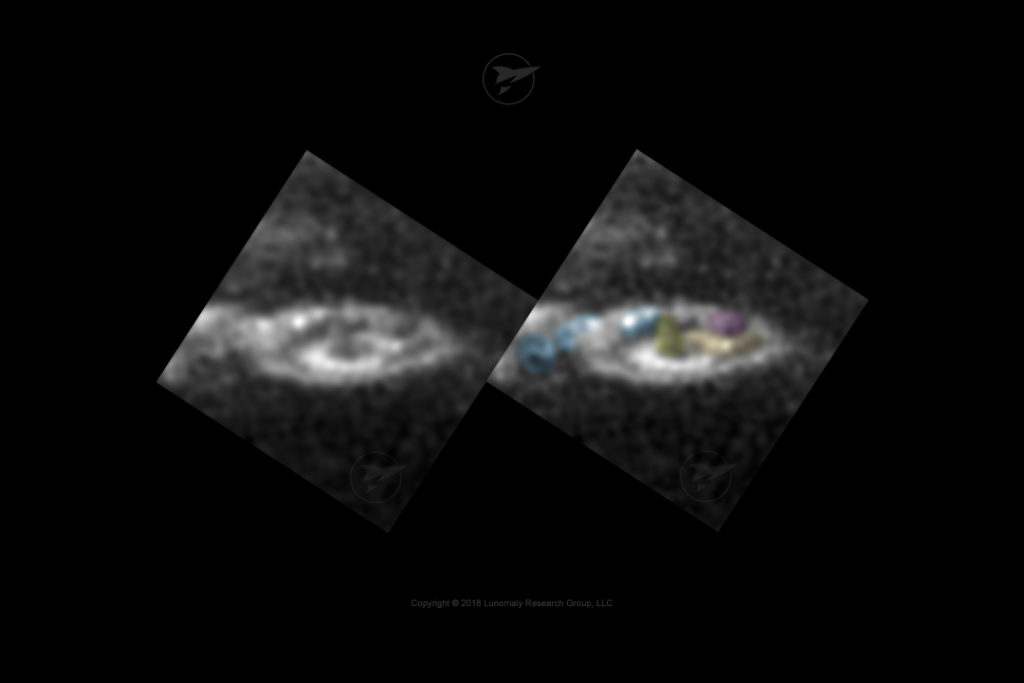
[Fig. 16] Found in a very dark and muddy image, these platonic shapes are neatly stacked and spaced as if they had a purpose. The center cone (green), the raised block (gold) with another block stacked above (purple), and the shiny spheres (blue) all seem unnatural to what we would expect to find on the Moon.
Stereo Apparition
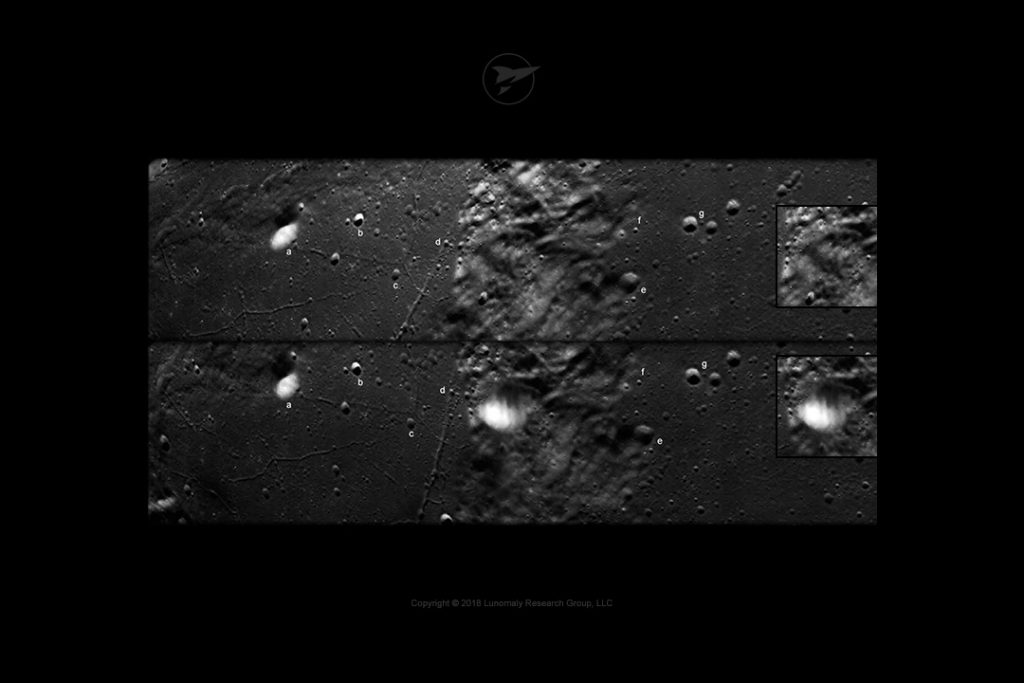
[Fig. 17] We see a stereo pair of images taken from one of the Command Modules. What’s special about this image is that they don’t quite match up. In the lower image, we find a slightly blurry and bright object in the center that one might liken to a seashell. Yet we can’t find it in the top image, taken within moments of the other. I’ll leave your imagination to ponder what we might be looking at here.
In Closing
I hope you enjoyed hearing the backstory of how I became a lunar anomaly researcher (or Lunatic, depending on your biases) and how my curiosity led me deep into the rabbit holes of science and speculation only to find more unanswered and unanswerable questions. The Apollo photographic record is full of visual anomalies that clearly suggest to me that the Moon may hold the tie-breaking answer of whether we are alone in the universe. Sooner or later, we’ll find out when we return to Moon for good – it’s only a matter of time!
Thank you for your interest and time!
